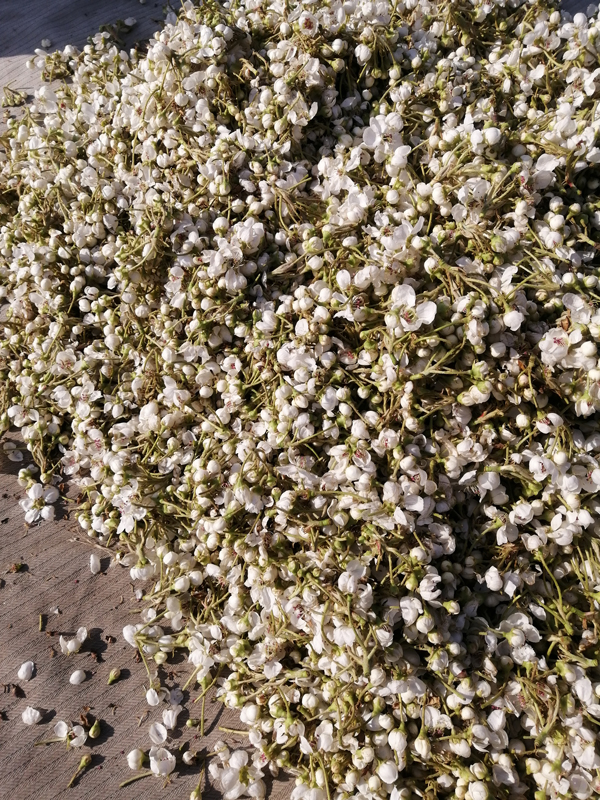Nov . 24, 2024 10:13 Back to list
high quality pollination of pear trees to improve quality
High-Quality Pollination of Pear Trees to Improve Quality
Pollination is a critical process in the reproductive cycle of flowering plants, including fruit trees like pears. High-quality pollination is essential not only for the quantity of fruit produced but for the quality of the fruit as well. In the context of pear trees (Pyrus spp.), effective pollination leads to better fruit size, flavor, color, and overall marketability. This article explores the significance of high-quality pollination for pear trees, the mechanisms involved, and strategies to enhance pollination success.
Understanding Pollination in Pear Trees
Pear trees are primarily cross-pollinated, meaning they need pollen from another variety of pear tree to set fruit. This cross-pollination is achieved through the help of animals, particularly bees, which are natural pollinators. However, several factors can influence the success of pollination, such as the timing of flowering, the compatibility of different pear varieties, and the presence and activity of pollinators.
For optimal fruit production, growers must ensure that compatible varieties bloom simultaneously. This synchronization allows pollen to be effectively transferred between trees, aiding in the fertilization of ovules and the subsequent development of fruit. Additionally, the health of pollinator populations is crucial; declines in bee populations, exacerbated by habitat loss, pesticide use, and disease, can lead to insufficient pollination and poor fruit quality.
Importance of High-Quality Pollination
High-quality pollination is not solely about ensuring that a fruit set occurs, but also about the attributes of the fruit produced. Factors such as size, firmness, sugar content, and overall flavor can be significantly influenced by the quality of the pollination process. For example, well-pollinated pear fruits tend to be more uniform in size and shape, have better firmness, and possess superior taste profiles. These quality traits make the fruit more appealing to consumers, ultimately leading to higher market value.
Moreover, high-quality pollination also helps in reducing the incidence of issues such as fruit drop, which can occur when insufficient fertilization takes place. The phenomenon leads to premature falling of fruits that are not fully developed, which not only lowers the yield but can also be a source of frustration for growers.
high quality pollination of pear trees to improve quality

Strategies to Improve Pollination Quality
1. Choosing Compatible Varieties It is essential to select pear varieties that are known to have compatible pollen. This information can often be found in horticultural guides or through local cooperative extension services. For example, 'Bartlett', 'Bosc', and 'Anjou' are often used together in orchards to ensure robust cross-pollination.
2. Enhancing Pollinator Habitat Creating a conducive environment for pollinators involves planting flowers and native plants that bloom at the same time as pear trees. This landscaping not only attracts bees but provides them with food sources, promoting healthier pollinator populations.
3. Monitoring Bee Activity By observing and tracking bee activity in the orchard, growers can determine if they need to introduce more bees, possibly through managed hives. Beekeepers can provide hives for rent during the flowering season to enhance pollination.
4. Timing and Management Pruning trees and managing their growth can help regulate bloom time and ensure that the trees do not flower too early or too late relative to their pollinator partners. Proper irrigation and fertilization also contribute to the overall health of the trees, promoting a robust flowering period.
Conclusion
The importance of high-quality pollination in pear trees cannot be overstated. It directly affects not only the quantity of fruit produced but also the quality that defines market success. By employing strategies to promote effective pollination, growers can significantly enhance their pear yield and quality, supporting a thriving agricultural economy. As we face environmental challenges that threaten pollinator populations, our commitment to understanding and improving the pollination process will play a vital role in ensuring sustainable fruit production and higher-quality pears for consumers.
-
Pollen Peach Tree for Pure Pollination and High-Quality Peach Pollen
NewsJul.30,2025
-
Premium Cherry Pollen for Pure Pollination & Different Types
NewsJul.30,2025
-
Artificial Pollination Solutions for Various Plant Pollen Types
NewsJul.29,2025
-
Artificial Pollination Solutions for All Plant Pollen Types
NewsJul.29,2025
-
Premium Plant Pollen for Pure Pollination & Pollen Block Solutions
NewsJul.29,2025
-
Artificial Pollination Solutions for Efficient Crop Yields
NewsJul.28,2025